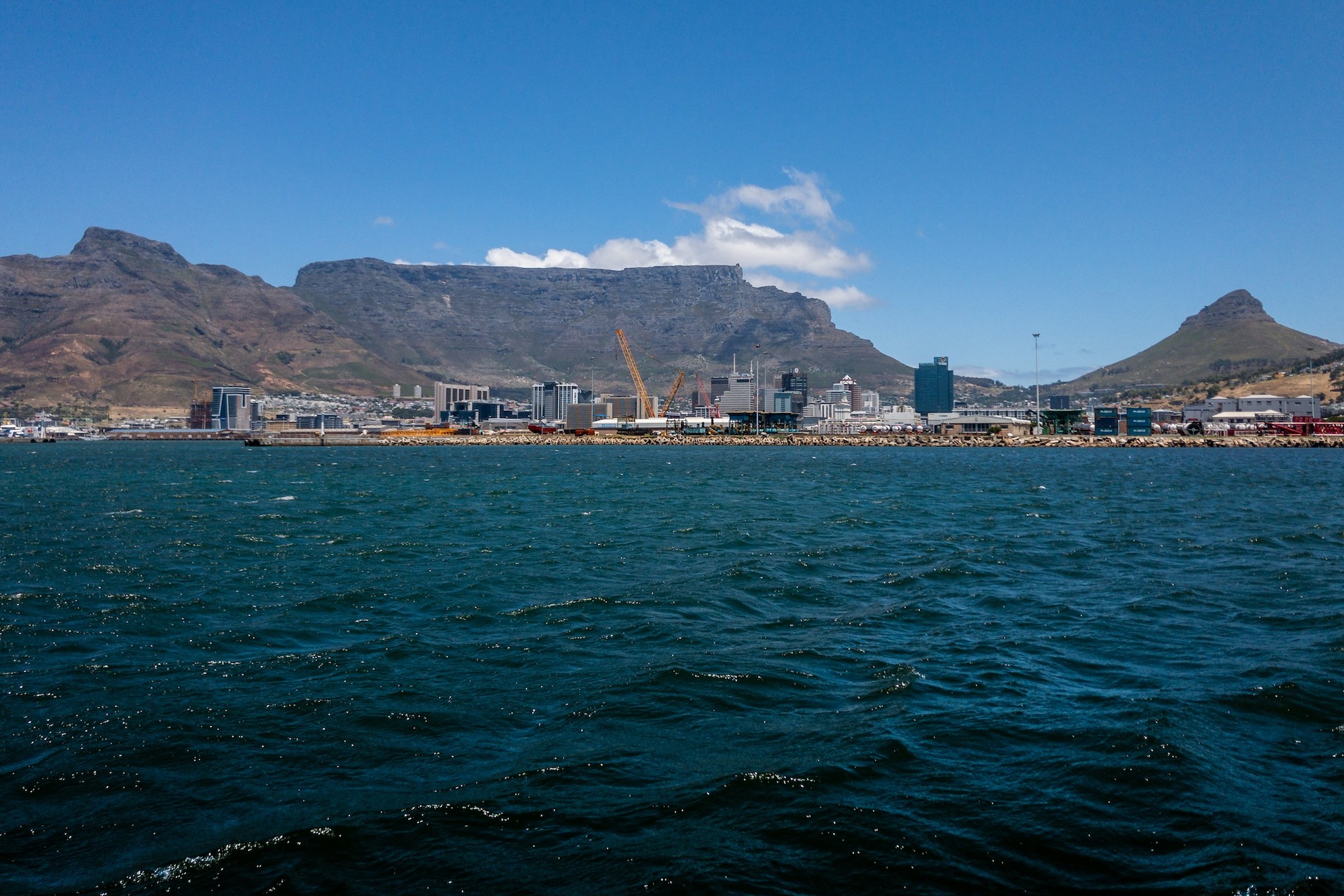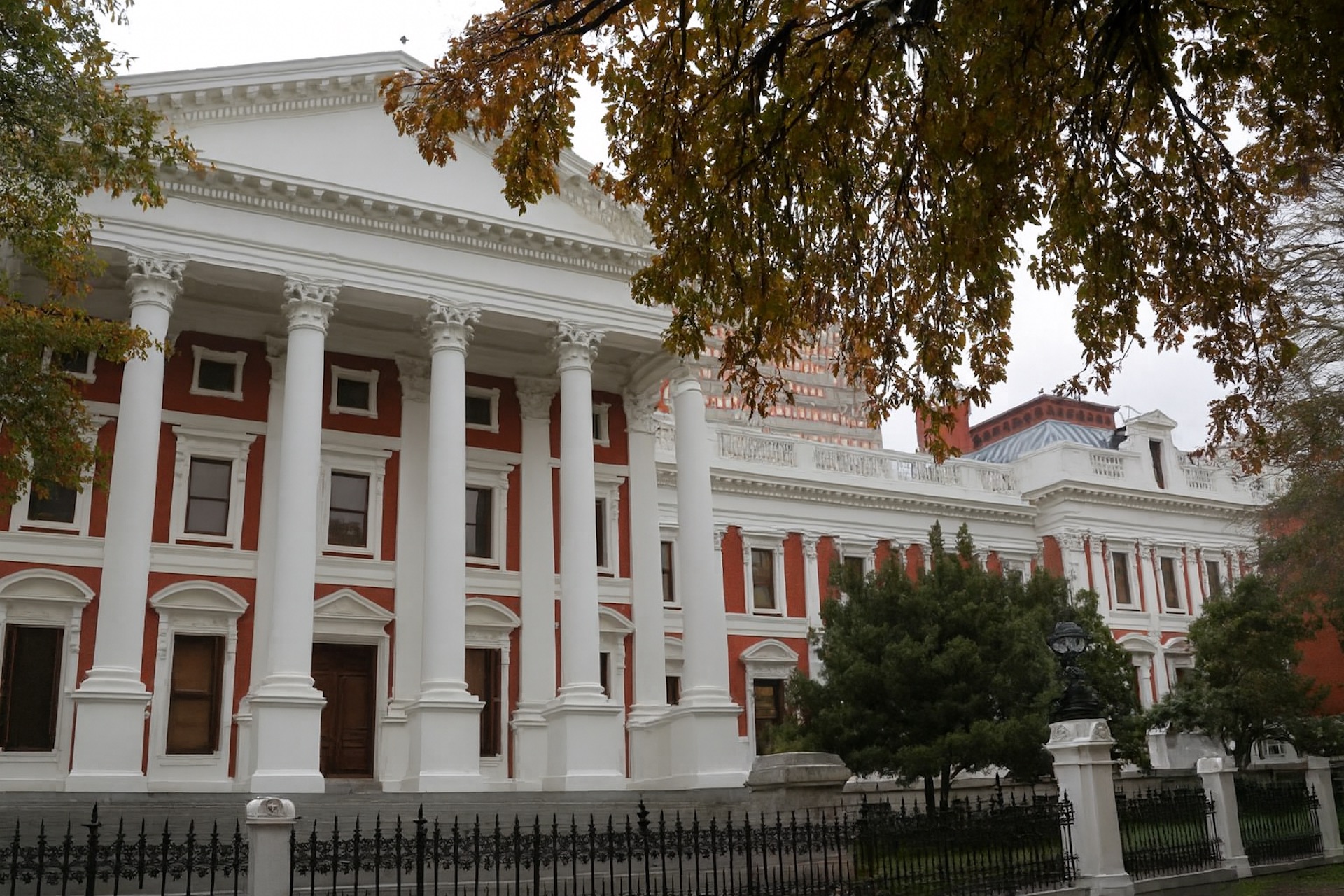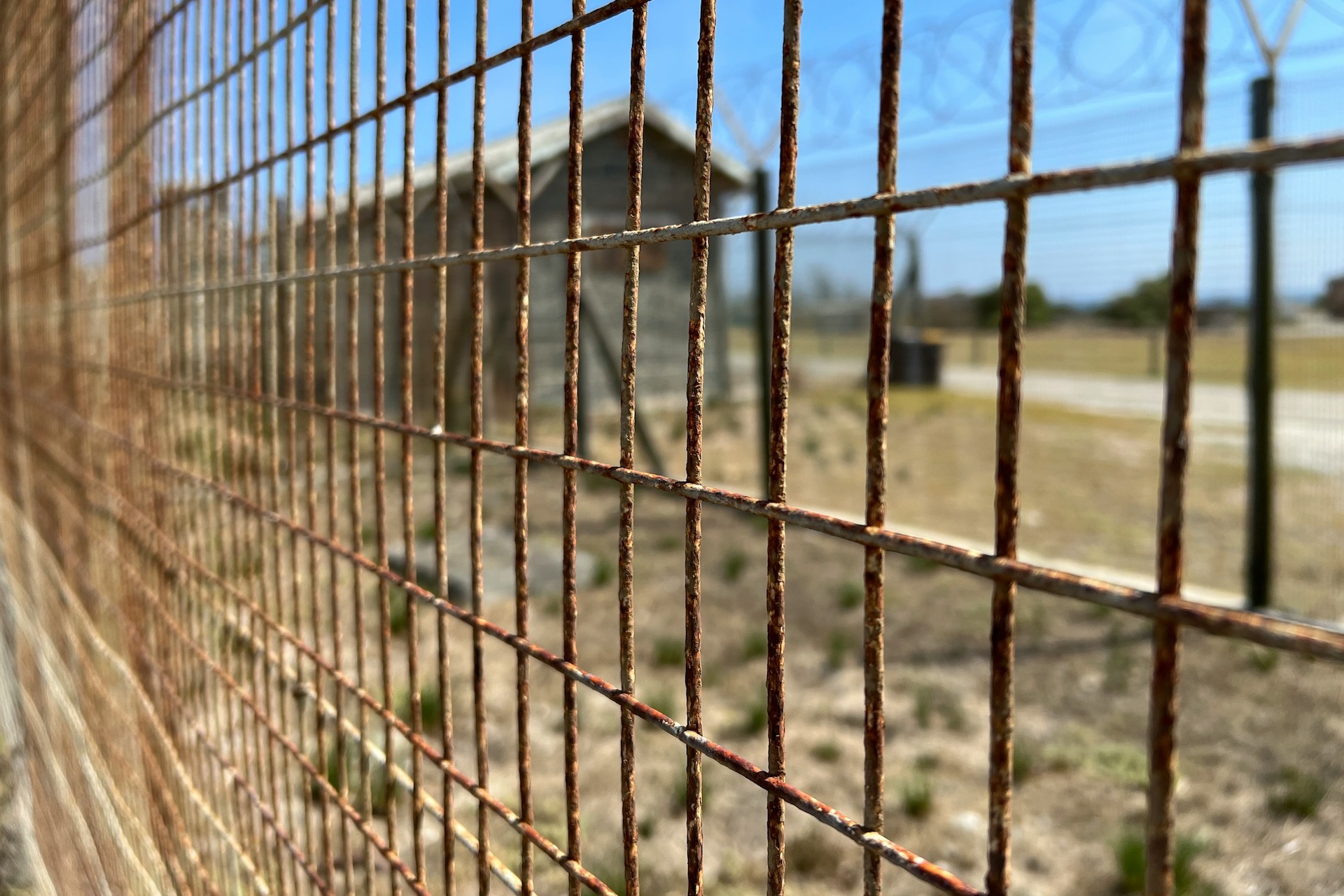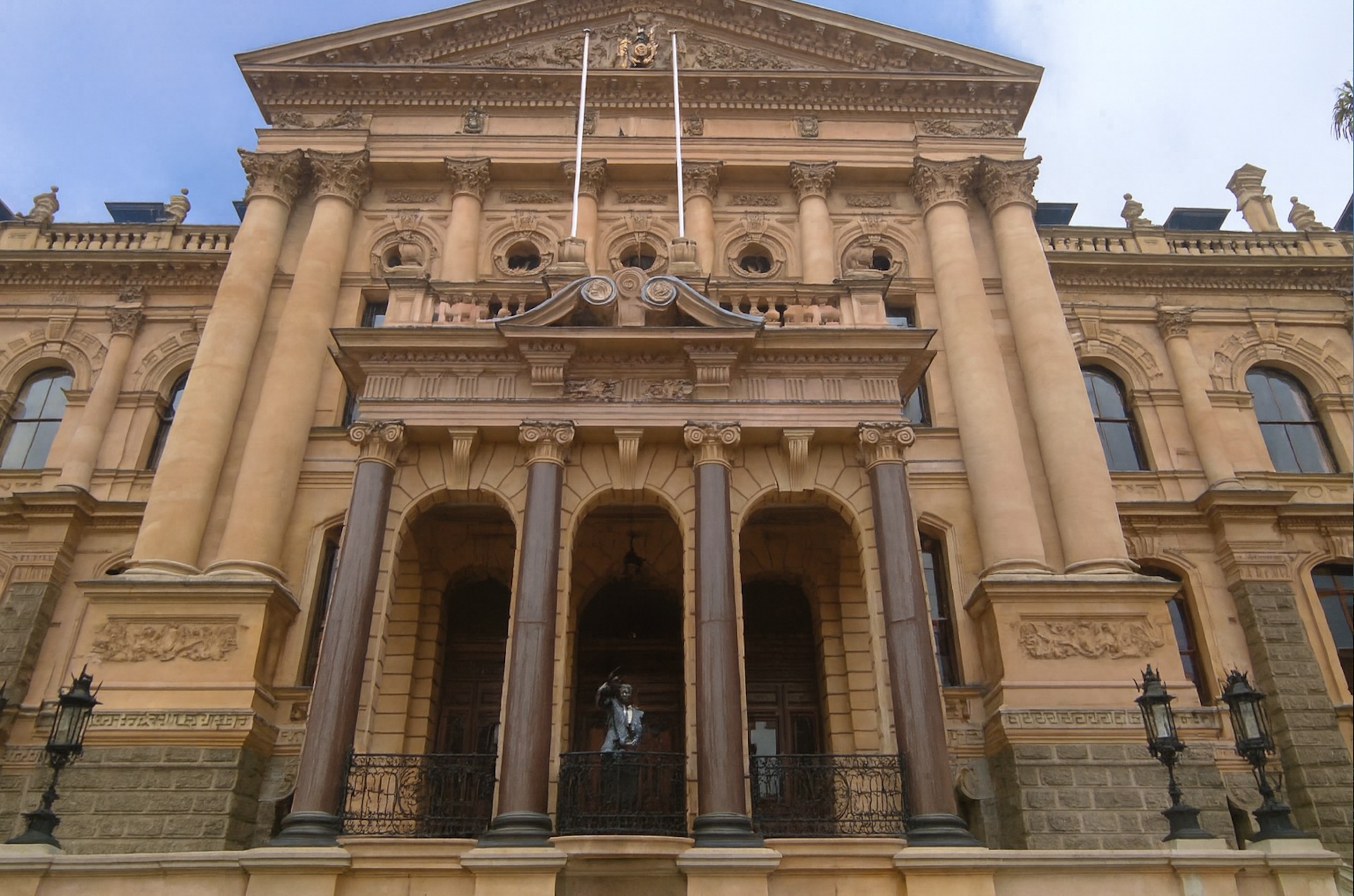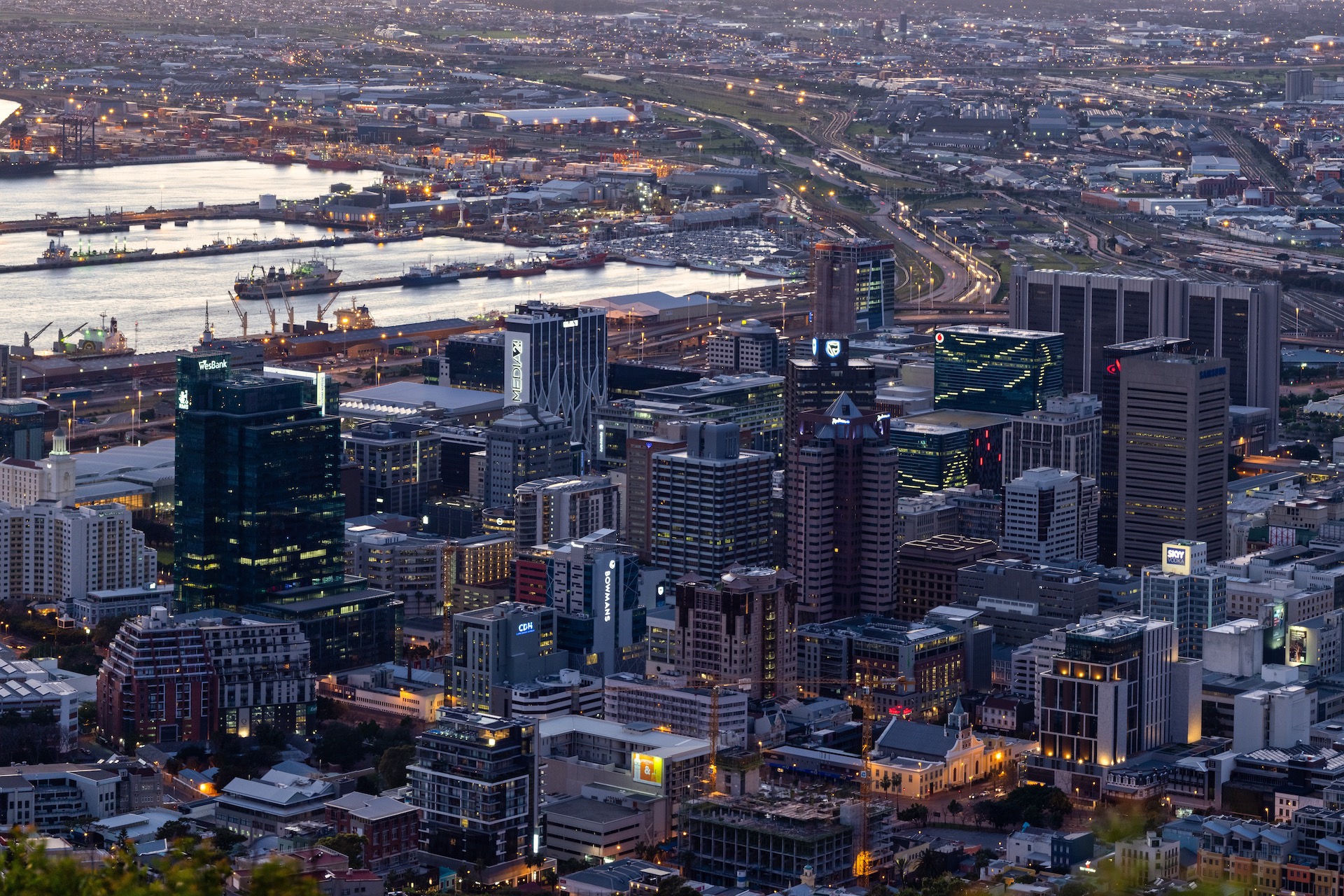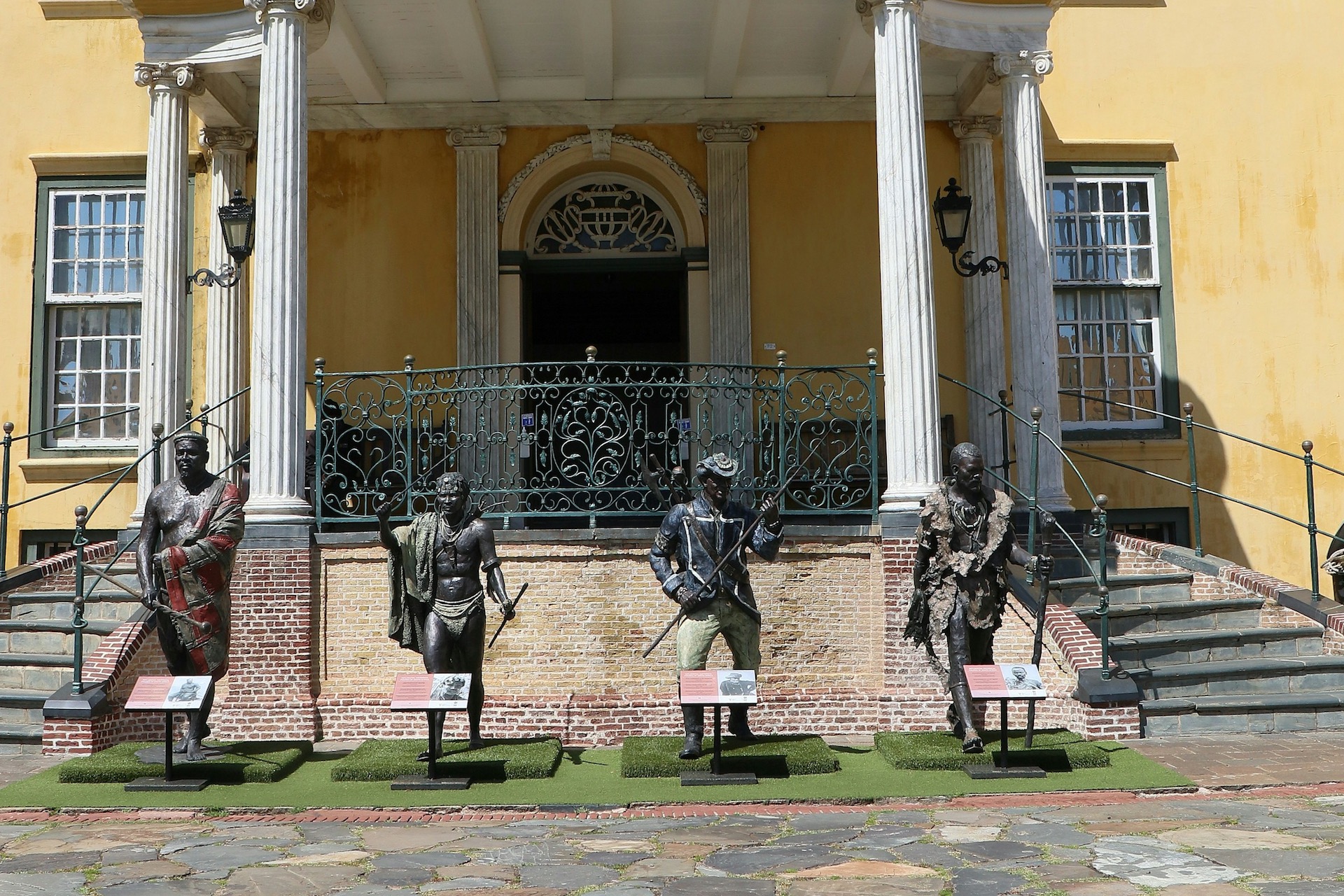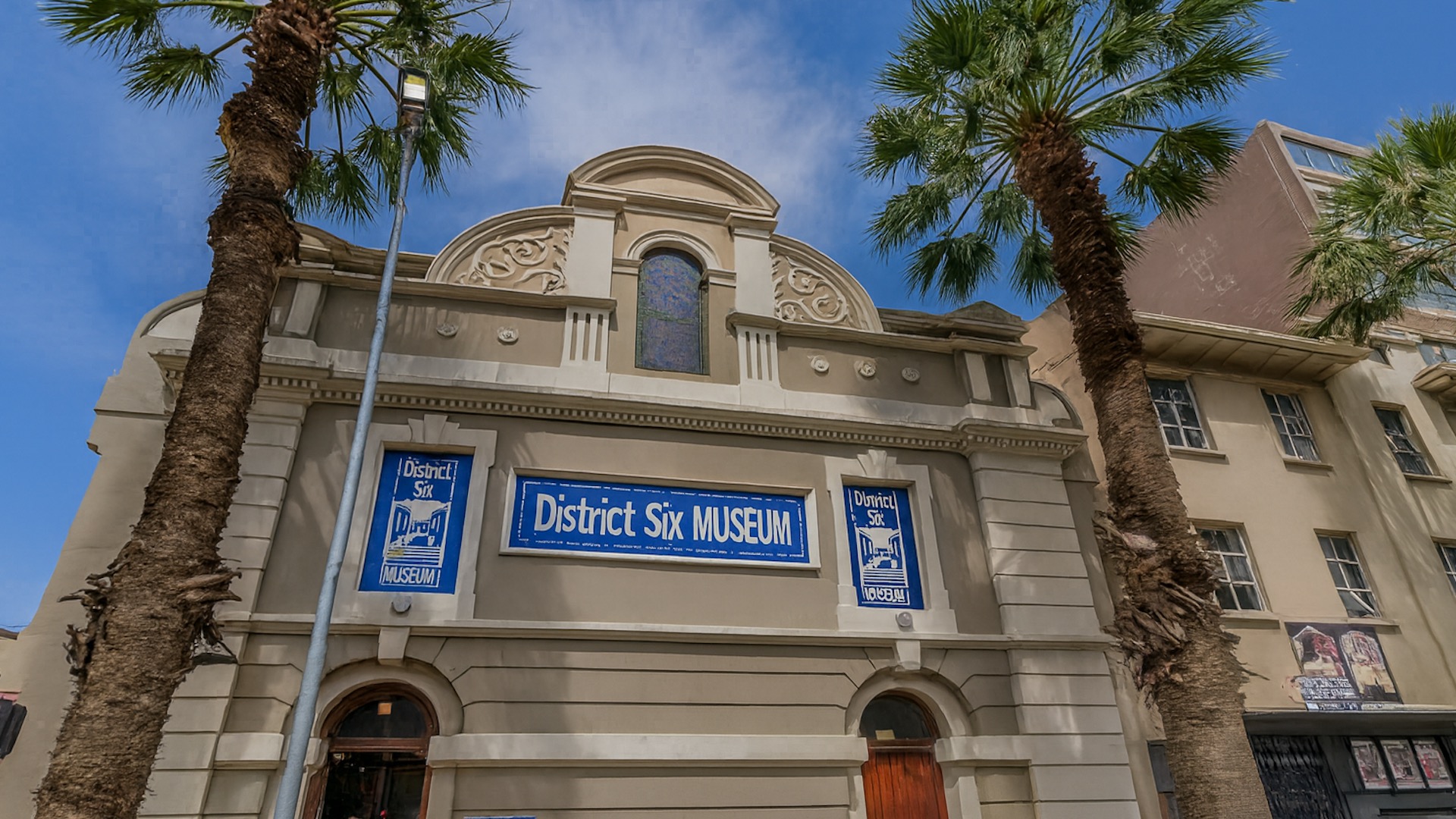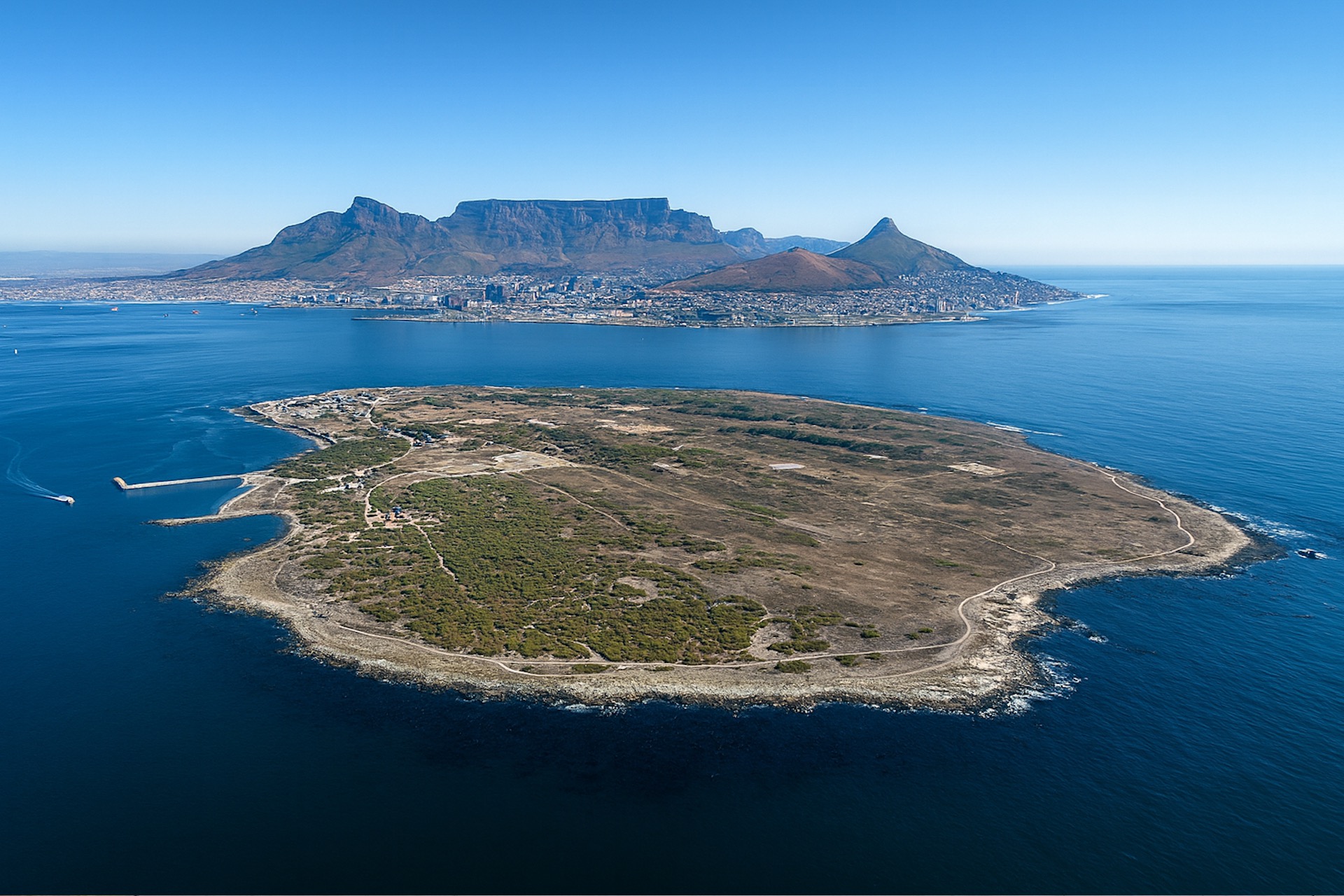Ancient Origins (Before 1600s)
Khoi-San Heritage
The area that is now Cape Town was originally inhabited by the Khoi-San people, including the Khoi (Khoikhoi) pastoralists and San hunter-gatherers. The Khoi called the area "Camissa" (place of sweet waters), referring to the fresh water springs at the foot of Table Mountain.
Indigenous Communities
For thousands of years, the Khoi-San peoples lived in harmony with the land, herding cattle and sheep, hunting game, and gathering indigenous plants. They established seasonal settlements around the peninsula, taking advantage of the area's natural resources and strategic location.
Strategic Location
The Cape Peninsula's importance stemmed from its position at the meeting point of two oceans - the Atlantic and Indian Oceans. This geographic advantage, combined with Table Mountain's distinctive landmark and natural harbors, would prove crucial throughout the city's history.
